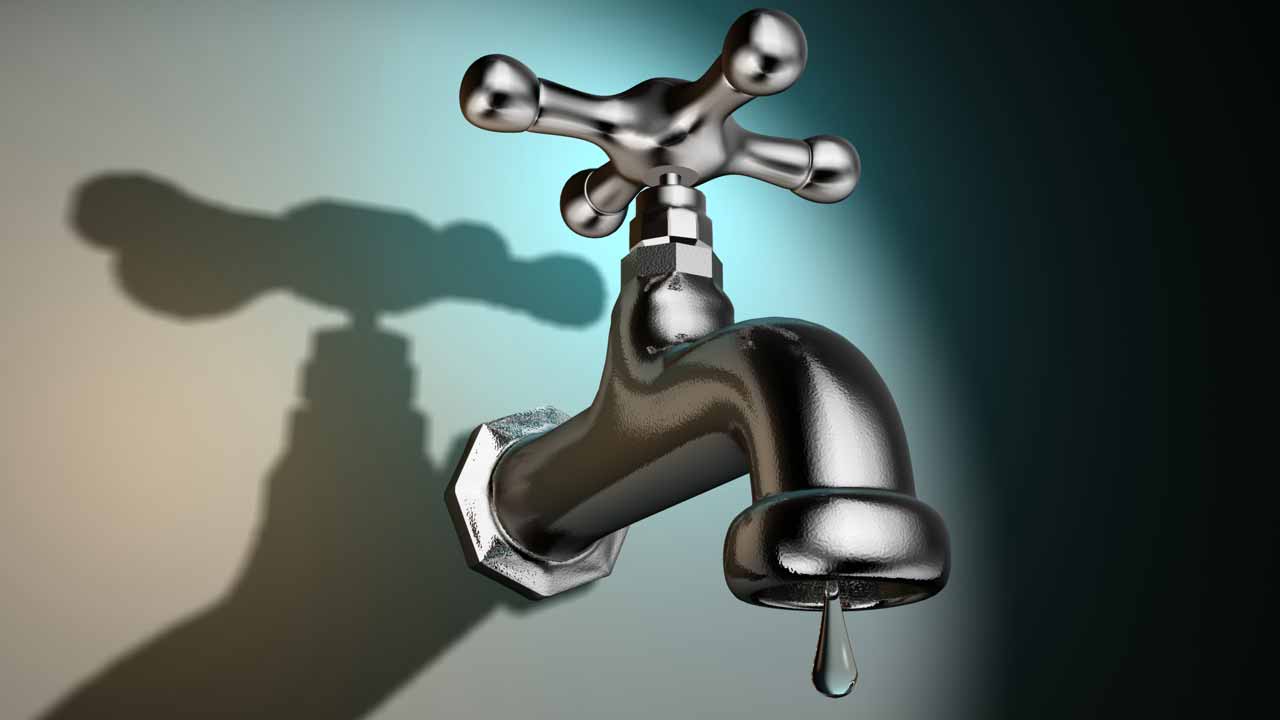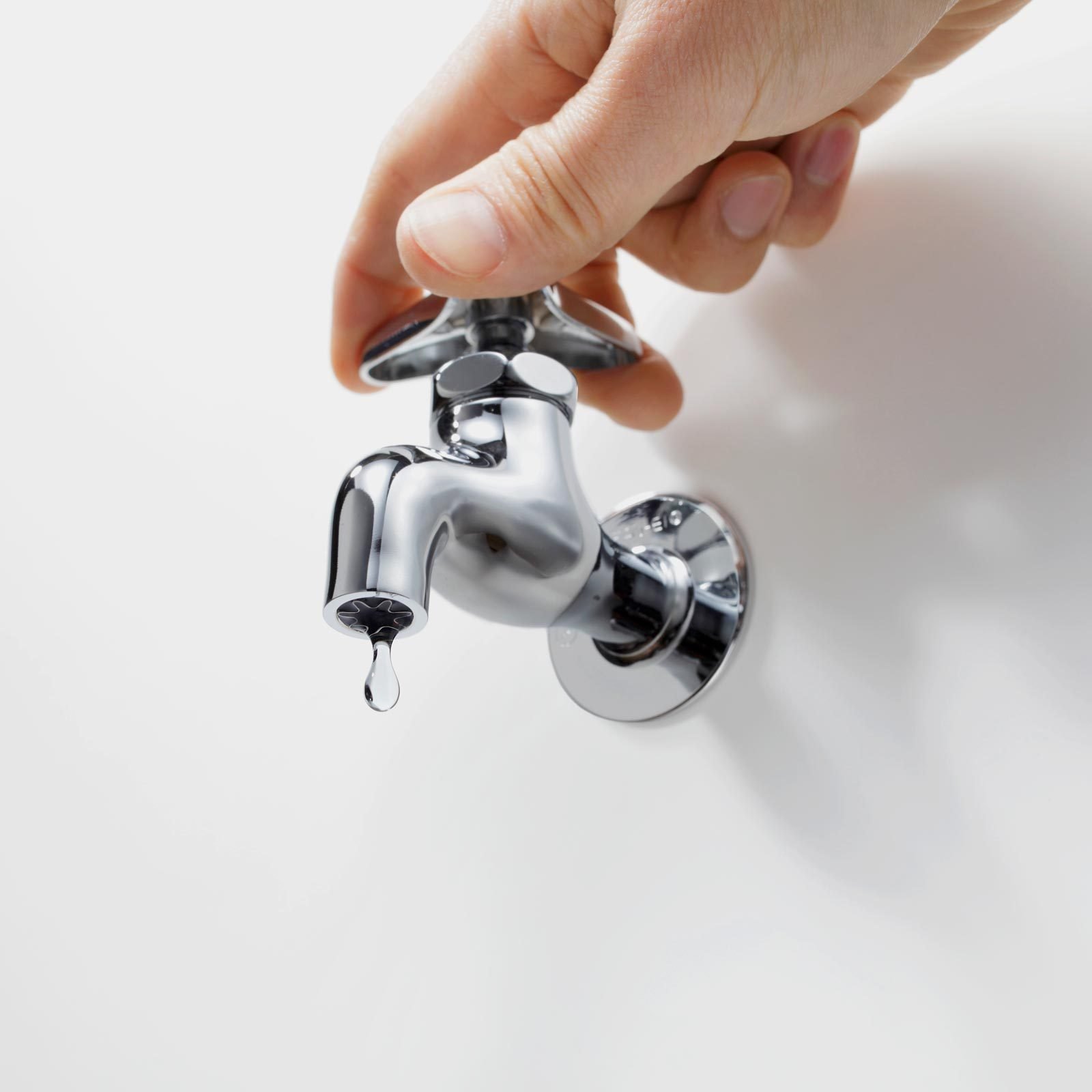The Consequence of Busted Faucets
The Consequence of Busted Faucets
Blog Article
What are your insights and beliefs about Health Risks Posed by Leaking Faucets?

Intro
A leaky tap may appear like a small annoyance, however its consequences prolong far beyond the periodic drip. Comprehending the effects of a leaking faucet is critical for both home owners and the setting. In this short article, we'll check out the different impacts of this usual family issue and why addressing it without delay is important.
Reasons For Leaky Faucets
Leaky taps can result from a variety of variables, consisting of deterioration, high water pressure, and corrosion. Gradually, the continuous use of faucets can lead to worn-out seals and gaskets, triggering leaks to establish. Furthermore, excessive water stress can put pressure on plumbing fixtures, resulting in leaks. Corrosion and rust can also weaken tap components, making them susceptible to leakage.
Water Wastage
One of one of the most considerable repercussions of a dripping tap is water waste. Also a little drip can amount to gallons of wasted water with time. This not only increases water expenses yet likewise contributes to water scarcity and ecological degradation. Dealing with dripping taps immediately is critical for conserving this priceless resource and reducing its influence on the world.
Financial Influence
Along with wasting water, leaking faucets can additionally have a substantial monetary effect. Enhanced water expenses are a straight repercussion of water wastage, costing home owners numerous dollars each year. Furthermore, the expense of fixing water damage caused by leaks can be considerable, especially if left unattended for an extensive duration.
Environmental Effect
The ecological effect of leaking faucets expands past water waste. By preserving water, home owners can add to wider efforts to minimize water shortage and protect all-natural communities. Lasting options such as rainwater harvesting and water-efficient fixtures can better lower the environmental footprint of house water use.
Technological Solutions
Improvements in innovation have brought about the development of clever taps and water-saving devices that aid minimize water wastefulness. Smart faucets use sensing units to find movement and readjust water flow appropriately, decreasing waste without compromising benefit. Water-saving gadgets such as aerators and low-flow showerheads are also reliable in preserving water without endangering efficiency.
Worldwide Perspectives
While leaky taps may seem like a localized issue, they contribute to broader worldwide obstacles such as water scarcity and environment modification. In areas currently encountering water stress and anxiety, every decline counts, making leakage prevention and repair work crucial. By embracing water-saving practices and investing in lasting innovations, property owners can play their part in addressing these pushing global issues.
Governing Actions
Federal government laws play a critical duty in mitigating the influence of leaky faucets and advertising water preservation. From constructing codes that call for water-efficient components to water-saving motivations and rebates, policymakers have a variety of tools at their disposal. By executing and enforcing these policies, federal governments can ensure that house owners focus on water preservation in their daily lives.
Area Impact
Resolving leaking taps calls for collective efforts at the neighborhood level. By increasing awareness about the value of water conservation and providing resources for leak detection and repair service, neighborhood authorities can encourage homeowners to act. Initiatives such as water-saving discount programs and leakage discovery campaigns can incentivize behavior adjustment and advertise responsible water usage.
Instance Researches
Real-life examples of the influence of dripping faucets underscore the relevance of aggressive upkeep and prompt repairs. From water damage to escalating water costs, the effects of neglecting leaks can be extreme. By sharing these study, house owners can much better recognize the relevance of addressing dripping faucets quickly.
Educational Campaigns
Educational campaigns play an important duty in elevating recognition concerning the impacts of dripping faucets and promoting water conservation techniques. With workshops, seminars, and on the internet sources, house owners can find out how to detect and repair leaks themselves. By equipping people with expertise and tools, academic campaigns can cultivate a culture of accountable water use within neighborhoods.
Wellness Concerns
Leaking taps can create helpful environments for mold and mildew and mildew growth, posing wellness dangers to residents. The existence of mold and mildew can exacerbate respiratory system issues and allergies, particularly in susceptible people. Furthermore, water damage resulting from leakages can jeopardize the architectural honesty of buildings and cause pricey fixings.
DIY vs. Expert Repair
When confronted with a leaky faucet, property owners typically dispute whether to try repair work themselves or hire an expert plumber. While DIY fixings can save money, they might not always attend to the underlying concern properly. Expert plumbers have the competence and devices to identify and take care of leaks correctly, guaranteeing long-term remedies and comfort for property owners.
Preventive Measures
Avoiding dripping taps needs normal maintenance and proactive steps. Easy tasks such as changing worn-out washing machines and seals can protect against leaks from developing. Additionally, updating to high-quality components and decreasing water stress can help extend the life-span of faucets and lessen the threat of leaks.
Conclusion
Finally, the results of a leaking tap extend much beyond the periodic drip. From water wastefulness and enhanced water costs to health worries and environmental impact, the repercussions of overlooking leakages can be significant. By attending to leaking taps promptly and adopting water-saving practices, homeowners can minimize these impacts and add to a more lasting future.
Why You Shouldn’t Ignore a Leaky Faucet in Your Home
What Causes a Leaky Faucet?
Various factors can cause a leak, from loose and worn-out parts to corrosion. Your faucet has four essential components from which most plumbing issues will stem: the O-ring, the valve seat, the washer and the gasket.
What Is an O-Ring?
The O-ring is a stem screw that fastens parts of the faucet in place, preventing water from leaking out of the spout. Depending on your faucet type, the stem might have multiple O-rings. Water will drip from the faucet’s handles and base if this part breaks or deteriorates.
What Is a Valve Seat?
The valve seat controls the flow and temperature of the water. Found at the base of the handle, it works as a seal for the faucet’s stem. The valve seat ensures the water is allowed to flow or is blocked as the handles dictate. You’ll know it’s malfunctioning when water leaks from your faucet’s sides.
What Is a Gasket?
The gasket is found between the water inlet and the valve stem. It creates a seal between the faucet and the sink, holding its joints by aerators attached to the stem’s head. Water will trickle out from the base if the gasket isn’t working.
What Is a Washer?
The washer secures the handles and prevents leakage, serving a similar purpose to the O-ring. While the O-ring is ordinarily round and made from an elastic material, such as rubber, the washer is square-shaped and composed of brass, copper and other hard metals. If it malfunctions, corrodes or has been improperly installed, water will leak out of the handles, causing that incessant faucet drip.
Why Is a Leaky Faucet Dangerous?
A leaky faucet left alone for too long can have significant consequences.
Pest Infestations
Since bugs and rodents gravitate towards the scent of water, a leaky faucet will draw pests to your sink. Both are looking for leaks accessible through crawl spaces, which a faucet provides. If you leave water dripping for too long, you run the risk of an infestation.
Rust
If one of the faucet parts has started to corrode, the resulting rust can spread to your pipes and valves with startling speed. The rust might even lead to cracks or other impairments, resulting in more severe plumbing issues.
Your sink could also sustain damage from a leaky faucet. The water in your tap possesses sparse elements of calcium and iron that can stain your sink with repeated and prolonged exposure. Once those elements in the water have been open to the air for some time, your sink will start to rust, creating marks that can be difficult to remove.
https://www.tomsmechanical.com/blog/why-you-shouldnt-ignore-a-leaky-faucet-in-your-home

Hopefully you enjoyed reading our section on Causes and Consequences of a Leaky Faucet. Thanks for taking the time to read our piece. Be sure to take a moment to promote this blog post if you appreciated it. Bless you for your time. Kindly check up our blog back soon.
Report this page